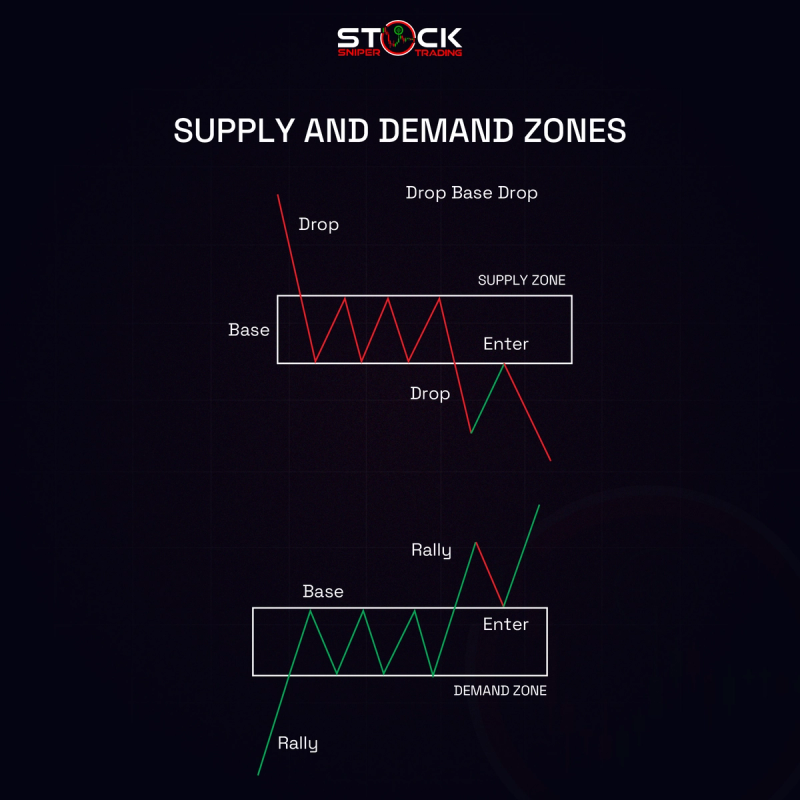
Understanding Supply and Demand Zones in Trading
In the realm of trading, particularly in Forex and stock markets, the concepts of supply and demand zones are pivotal in understanding price movements and making informed trading decisions. Supply and demand zones are areas on the price chart where the price is likely to experience a pause or a reversal due to concentrated buying or selling activity. The supply zone represents an area where sellers are more inclined to sell, causing the price to retreat. On the contrary, the demand zone is where buyers are more likely to purchase, causing the price to rise. These zones are not typically visible as exact price levels but as broader areas where the forces of supply and demand shift the balance of buying and selling momentum.
Supply zones are typically formed after the price has moved up and starts to encounter resistance as sellers begin to enter the market, anticipating a price decrease. These zones often occur after a sharp upward movement when sellers consider the price to be overvalued and start taking profits, which subsequently pushes the price downward. Conversely, demand zones emerge after notable downward movements when the price hits levels perceived as undervalued. Buyers initiate purchases within this area, causing the market to rally upward. Identifying these zones involves examining historical price charts to pinpoint areas where these shifts in buying and selling have affected the price significantly.
For traders, identifying supply and demand zones can offer significant advantages. These zones provide critical insight into potential future market movements, enabling traders to develop strategies to exploit anticipated shifts. By recognizing these areas, traders can set up entry and exit points to maximize gains or avert potential losses. Moreover, understanding supply and demand zones can help in managing risk more effectively.
For example, knowing where a demand zone lies can be beneficial for setting stop-loss orders to minimize downside risk. Overall, integrating the analysis of supply and demand zones into trading strategies can enhance a trader's ability to anticipate market behavior and make more informed trading decisions.

